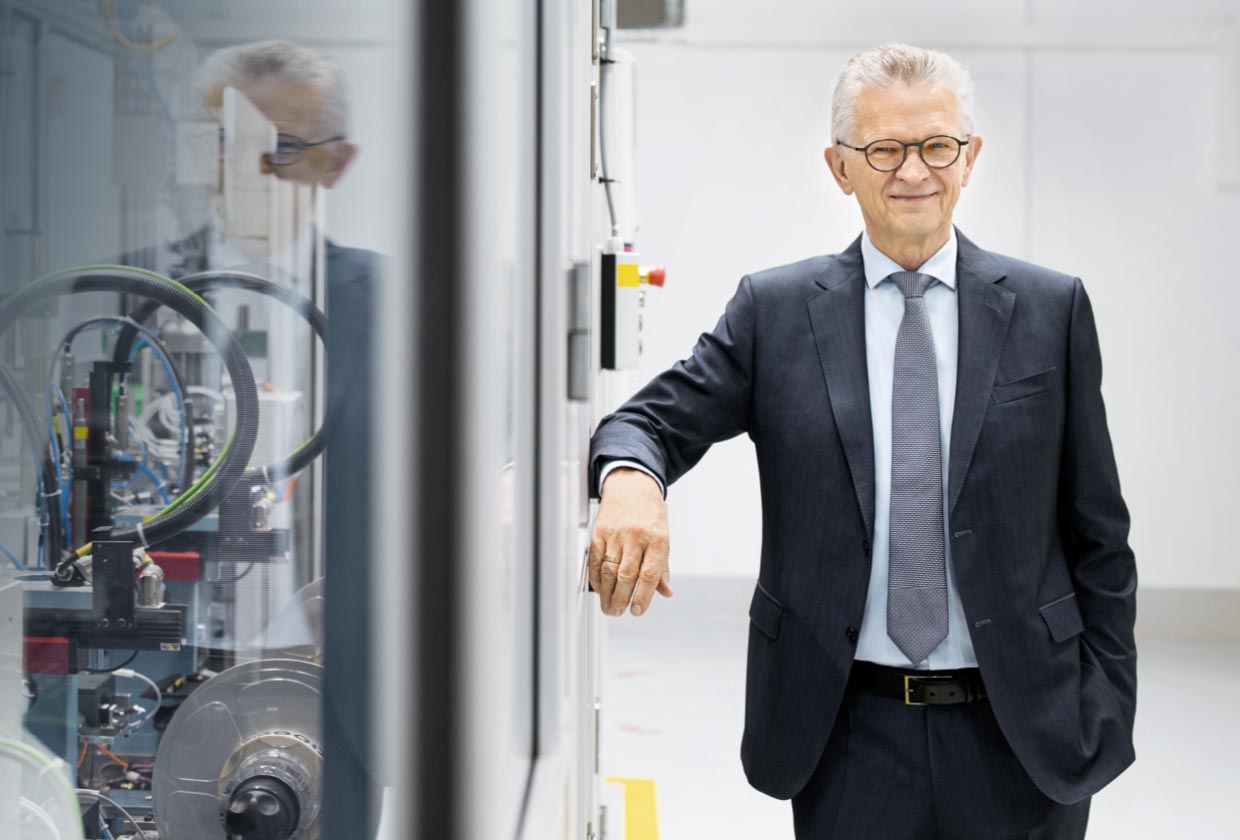STIHL quality means quality down to the last detail, with all components optimally configured to work together. The STIHL Group has firmly believed for many years that a high level of in-house manufacturing is the only way to achieve this aim, thereby generating the greatest benefit for customers. Taking the MS 362 C-M as an example, we explore what’s inside, and where it comes from.
Made in-house
STIHL products stand for innovation and superior quality, and they incorporate the latest technologies. Customer benefit is front and center in everything we do. Our full portfolio encompasses well over 1,000 different product types, from carburetor heaters and heated handles for use in extremely cold regions, to emergency services saws and concrete cutters for special applications. To meet our own high standards and those of our customers, we rely on a very special three-way relationship between development, production, and sales and distribution operations. While the German founding company is still the nucleus of development of new products, the sales network and the international manufacturing network have undergone continuous expansion.
Today, STIHL products are produced in seven countries worldwide. In-house manufacturing stands at more than 50 percent, significantly higher than in other industries. This is the product of a firm belief that only flawless interplay of all components can in fact deliver the best performance. That’s why so many components are made in-house – from cutting attachments and aluminum or magnesium parts to pistons, crankshafts, engine housings, carburetors, cylinders, and die-cut parts.
The STIHL MS 362 C-M professional gasoline-powered chainsaw offers an example of how production activities come together perfectly in a single finished product.

SÃo Leopoldo (BRA)
Cylinder
Cylinders guide pistons as they move up and down. They also dissipate the heat produced from the combustion process via cooling fins or cylinder fins. Combustion – initiated by the combination of fuel, air, and a spark from the spark plug – takes place inside the cylinder. The pressure generated by this explosion is transferred to the piston, which then moves down, driving the crankshaft. The crankshaft transfers the force of this motion to the chain via the coupling and sprocket.
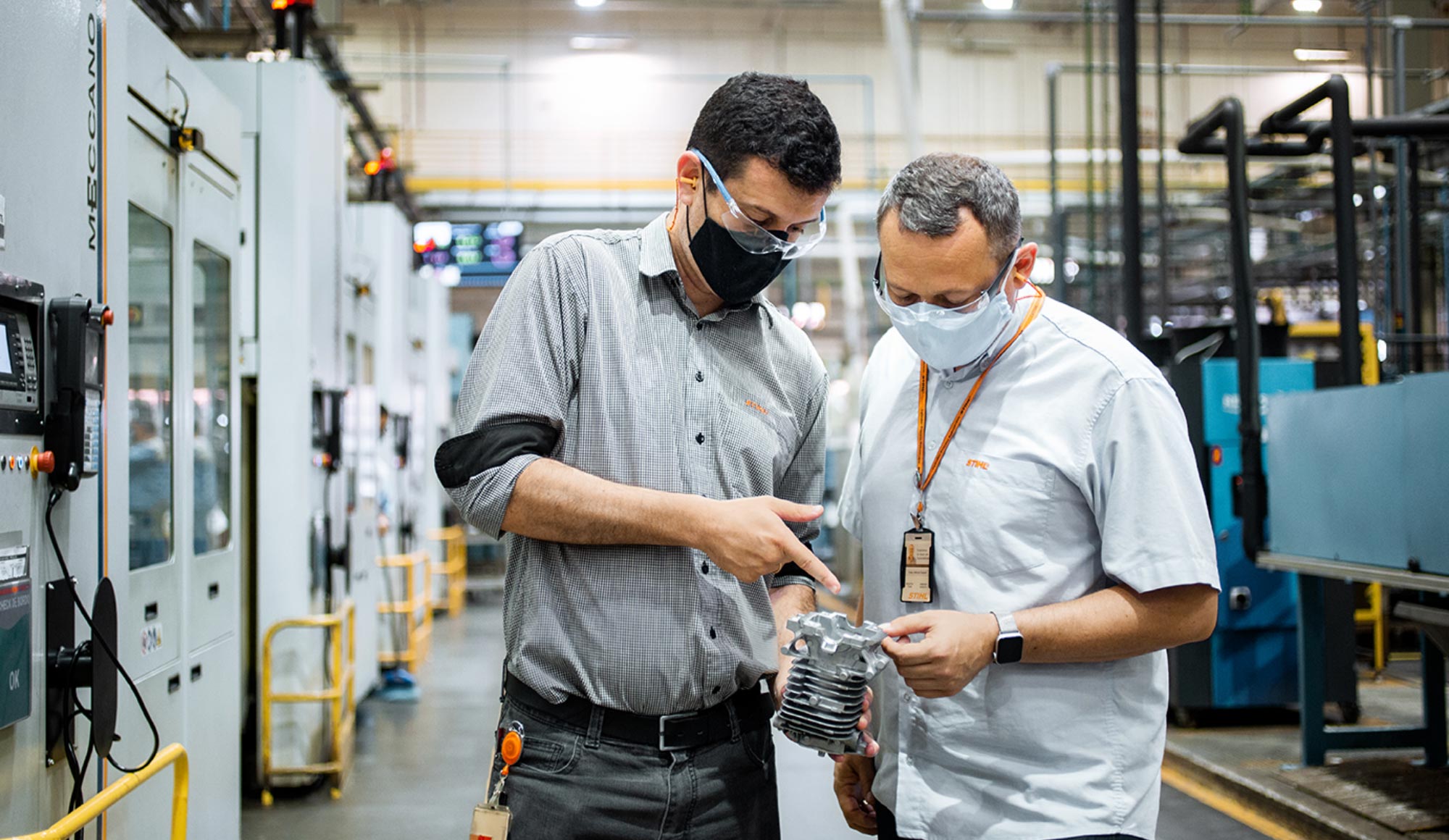
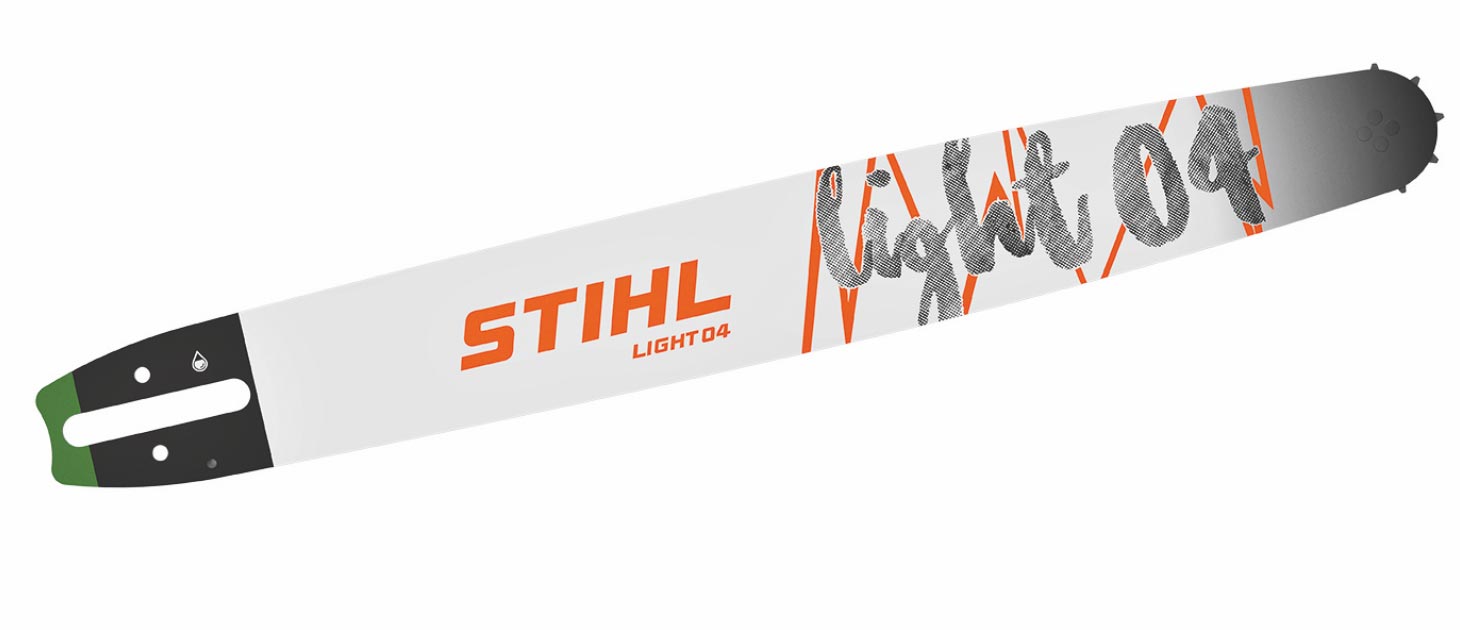
Waiblingen (DEU)
Guide bar
The guide bar is responsible for the precise guidance of the saw chain with minimum friction loss. It has to stand up to the toughest jobs. It is the link that takes the power from the motor through the saw chain and right to the wood itself. STIHL guide bars are available for every area of application, and all are developed and produced in-house. Decades of research, use of high-quality materials, innovative manufacturing methods, and state-of-the-art production facilities combine with electronic checks and final quality control to ensure that each and every guide bar meets STIHL’s proven standards of quality.
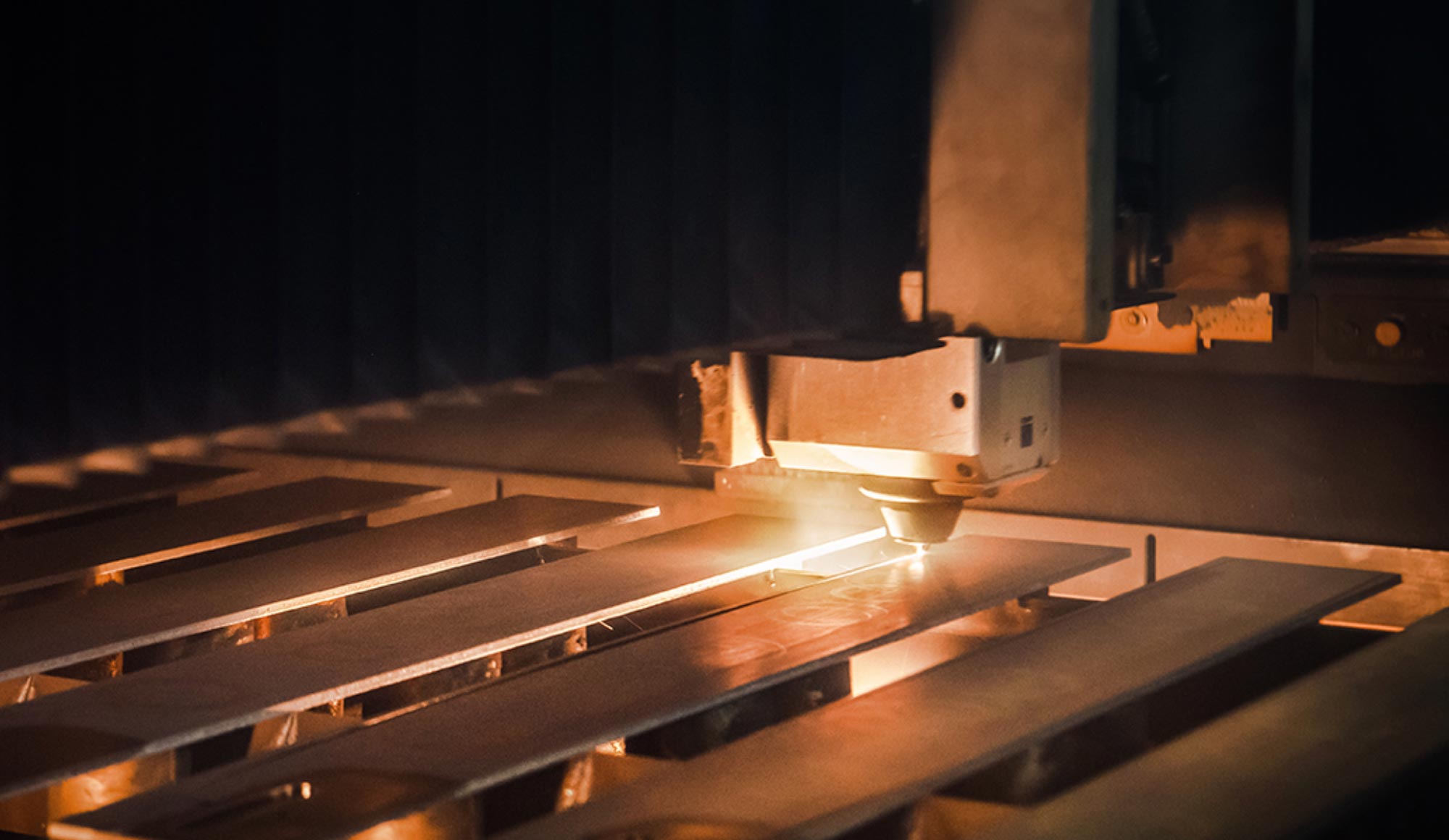

Wil (CH)
Saw chain
STIHL saw chains are Swiss high-precision products. They have been made for decades at the STIHL plant in Wil, using specialized machines developed in-house. This focus on the product makes all the difference: today, STIHL saw chains are offered for every need, performance class, and make of chainsaw. Together with STIHL guide bars and powerheads, STIHL saw chains enable optimum cutting performance.
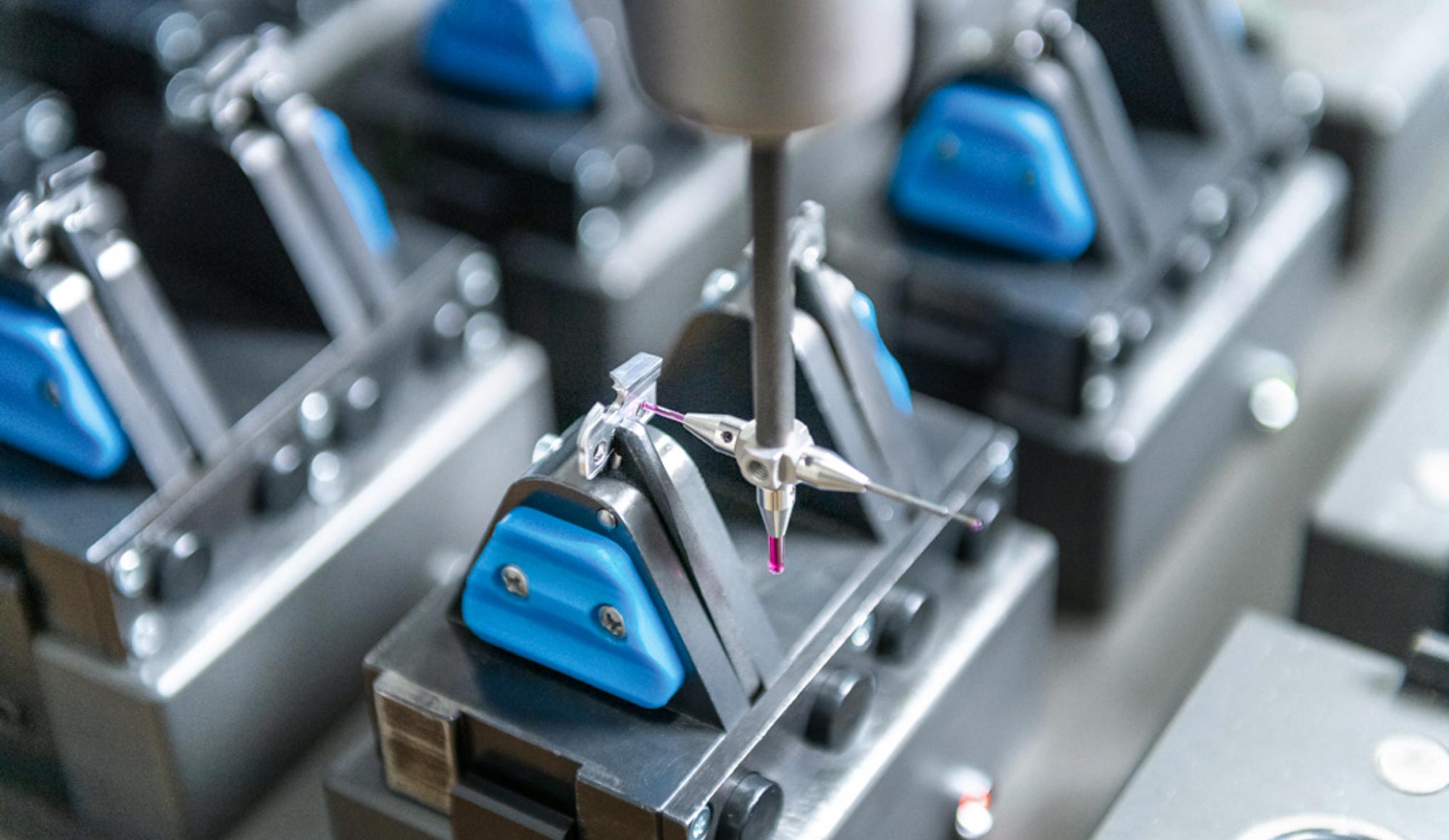
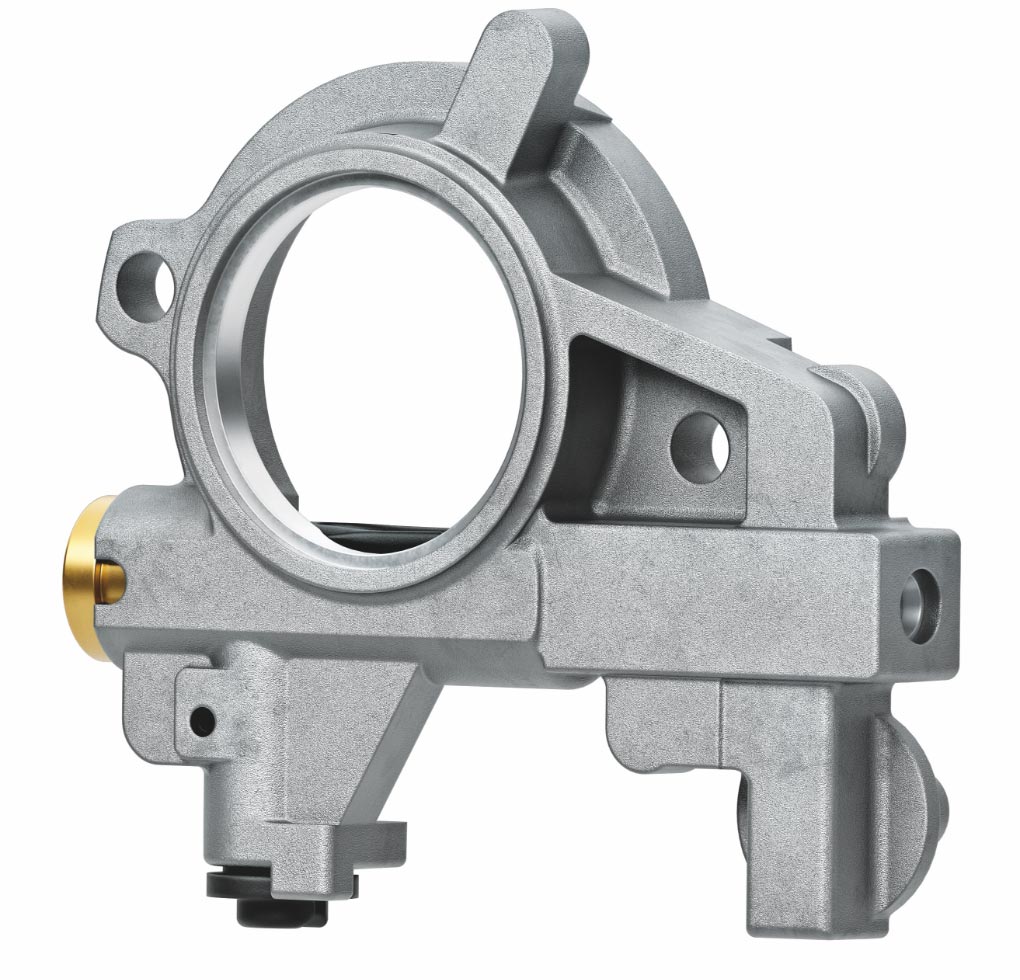
qingdao (CHN)
Oil pump
Bar and chain oil is crucial when using a chainsaw. It helps to reduce wear and prevent the cutting tool from overheating due to friction between the saw chain and guide bar. A special oil pump feeds the lubricant to the saw chain from a dedicated tank. This pump is driven depending on the motor speed, and it also runs only when the chain is rotating. The oil pump of the STIHL MS 362 C-M also features precise demand-driven oil delivery, reducing consumption by as much as 50 percent.

Weinsheim (DEU)
Crankcase
The crankcase holds the crankshaft, making it an important part of any combustion engine. STIHL gasoline-powered chainsaws are no exception. The crankcase of the STIHL MS 362 C-M consists of two magnesium halves made via pressure casting at our magnesium pressure casting plant in Germany’s Eifel region. In the STIHL MS 500i, the first chainsaw with electronic injection, the crankcase of the powerhead also features various built-in sensors. To be specific, there is an exterior temperature sensor, an interior temperature sensor, and a pressure sensor. These sensors measure environmental conditions and pass the information along to the chainsaw’s control unit.


Huizhou (CHN)
Carburetor
The carburetor is a key component in any gas-powered chainsaw. It is responsible for mixing fuel and air in just the right proportions for all of the engine’s operating conditions and for preparing the mixture for combustion. The fuel is nebulized inside the carburetor. The heat needed to vaporize the fuel comes from the components through which it passes, primarily the engine. The full vaporization process takes place inside the combustion chamber.
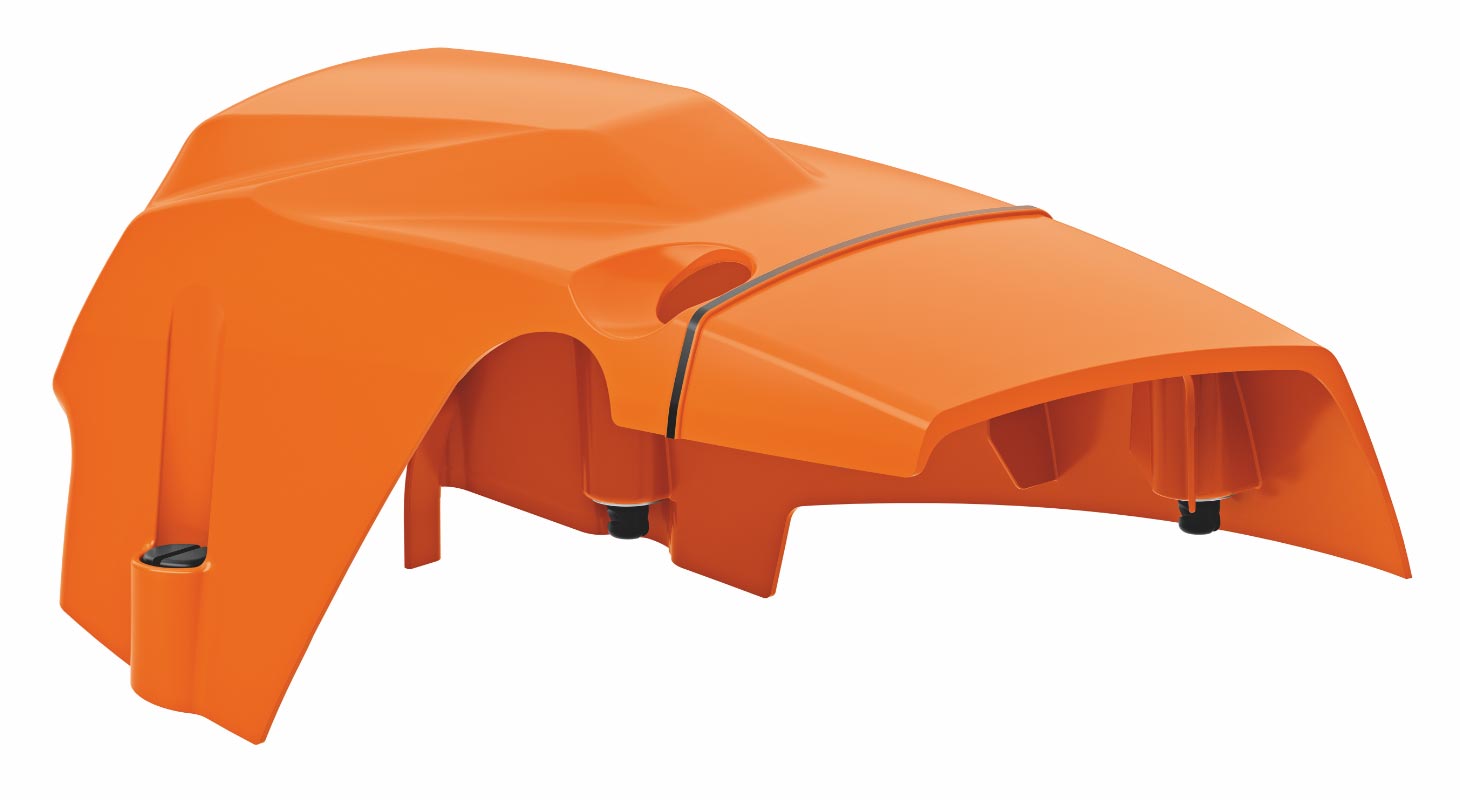
Virginia Beach (USA)
Hood
A STIHL chainsaw is easily recognized by its color scheme. Light gray and orange are emblematic of the STIHL brand. The hood of the STIHL MS 362 C-M – and many other STIHL products – is made of high-quality fiber-reinforced plastic in bright STIHL orange. It protects the cylinder and muffler, among other things, and is a perfect example of strength combined with low weight.
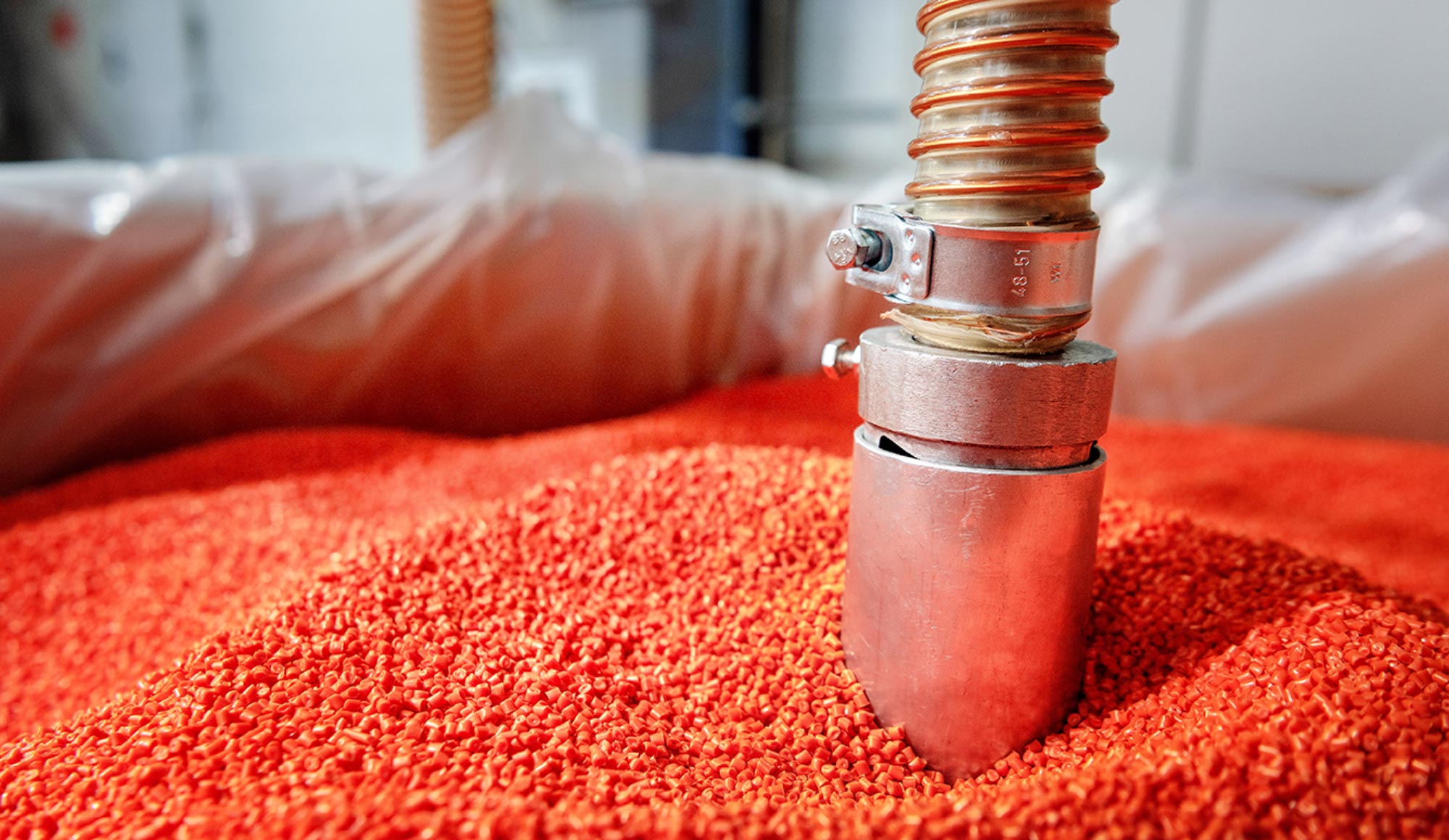

Martin Schwarz
In-house production has always played a big role at the STIHL Group. Why do we get so caught up in this kind of attention to detail?
Martin Schwarz In-house production has a long history here. After all, we started building our international manufacturing network more than 40 years ago. This strategic approach has remained an important part of our success to this day. Ultimately, this approach brings us unique selling propositions and competitive advantages, ensures value creation, and underscores our claim to technological leadership.
STIHL is far ahead of the competition in terms of in-house manufacturing of gasoline-powered products. What is the situation with battery-powered products?
Martin Schwarz The majority of our battery-powered products are produced at STIHL Tirol, but we are also expanding the international manufacturing network in this segment step by step. Right now, for example, that means expansion at STIHL Inc., STIHL Qingdao, and also in Germany. Our completely innovative battery packs will mark a new technological milestone in 2021. The series processes have already been developed and are ready to go. Being able to make use of expanded in-house manufacturing in the battery-powered segment is an advantage for us because we are still operating in a niche in certain fields, such as high current capability. This project and others will help us improve our cost-effectiveness and competitiveness and the value we create within our organization.
How do these efforts benefit customers?
Martin Schwarz This practice means our products’ components are designed to our own high standard, with a singular purpose – achieving optimal performance. Our customers get durable, high-quality products with the optimal power-to-weight ratio. We don’t have to rely on our suppliers’ standards. Instead, we coordinate the components and production processes with an eye to our requirements in the finished product. Changes and ongoing improvements come from within, which lets us work quickly to provide exactly what our customers want.
Martin Schwarz has been the STIHL AG Executive Board Member Manufacturing and Materials since January 1, 2020.

Only the flawless interplay among all components makes a product perfect in the end, and customers expect nothing less. We firmly believe this. That’s why in-house manufacturing stands at more than 50 percent. But what does that mean? Here are a few interesting facts.
